Melanin belongs to the group of macromolecular pigments. It occurs in the world of animals, plants, and fungi. They are produced in a multi-stage process of oxidation of phenolic compounds, with the most common substrate of biosynthesis being the amino acid tyrosine.
Due to the chemical structure of melanin, we distinguish:
Although specialists hypothesize that melanins![]() were created as a side effect of the appearance of oxygen in the atmosphere, they fulfill many different biological functions.
were created as a side effect of the appearance of oxygen in the atmosphere, they fulfill many different biological functions.
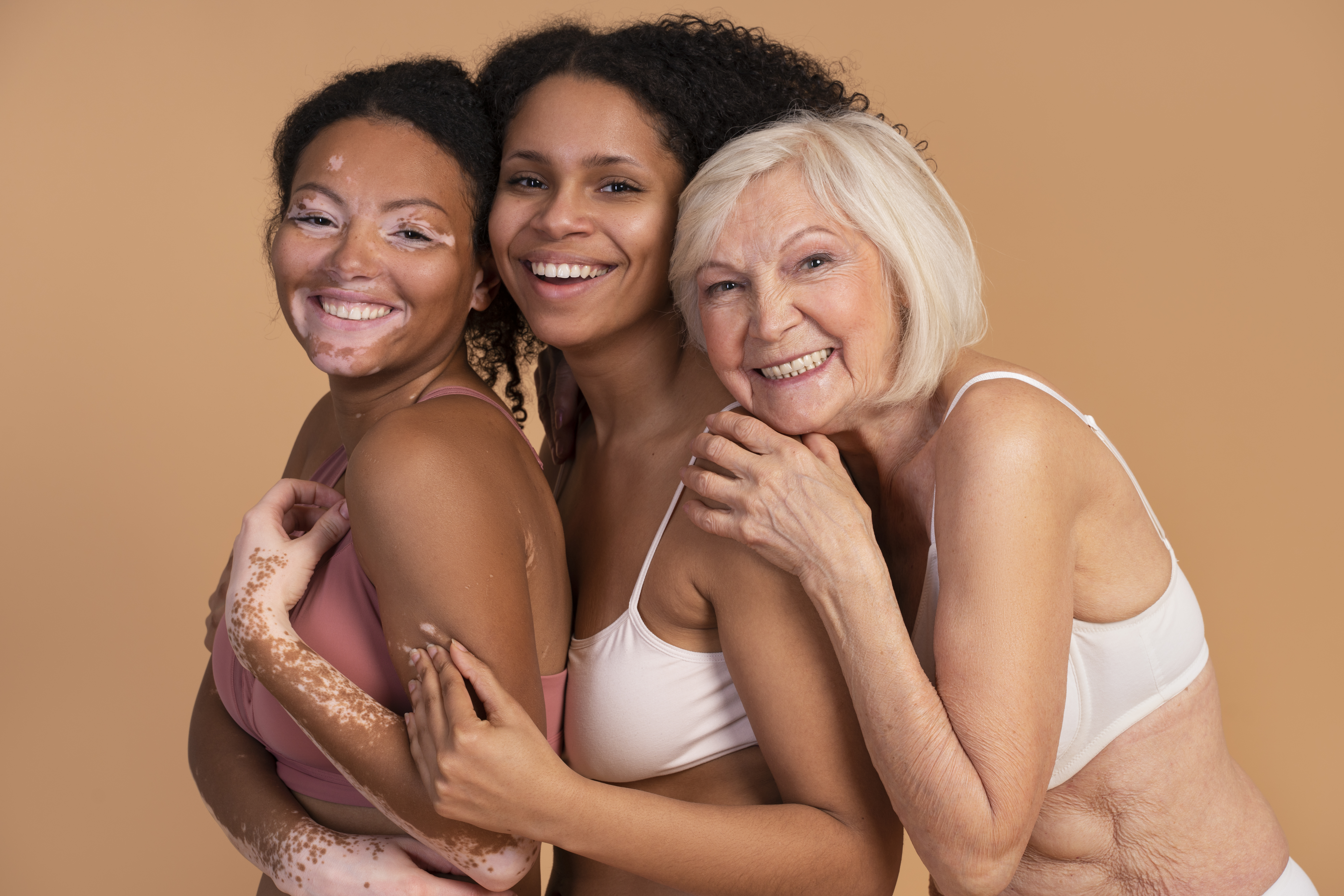
The subcutaneous layer of the epidermis contains special cells called skin melanocytes![]() . They are responsible for the production of melanin
. They are responsible for the production of melanin![]() . Pigment accumulates in special vesicles called melanosomes
. Pigment accumulates in special vesicles called melanosomes![]() . Then, the dye molecules are transported to the higher layers of the skin to reach the keratinocytes finally. It is where the dye is distributed. From this moment, it begins to perform its protective functions.
. Then, the dye molecules are transported to the higher layers of the skin to reach the keratinocytes finally. It is where the dye is distributed. From this moment, it begins to perform its protective functions.
Melanin itself is produced in a cycle of many transformations. Their starting substrate is tyrosine. This amino acid is converted into melanin in a process called melanogenesis![]() . It should be noted that melanin production in the human body is responsible for the enzyme itself and various external factors, the most important of which is UV radiation
. It should be noted that melanin production in the human body is responsible for the enzyme itself and various external factors, the most important of which is UV radiation![]() . The more of it there is, the more melanin the body produces. Other substances that enhance melanogenesis include alpha-melanotropic hormone (alpha-MSH) and adrenocorticotropin (ACTH). Significantly, genes also play an essential role in the production of melanin.
. The more of it there is, the more melanin the body produces. Other substances that enhance melanogenesis include alpha-melanotropic hormone (alpha-MSH) and adrenocorticotropin (ACTH). Significantly, genes also play an essential role in the production of melanin.
In turn, factors that may inhibit the production of natural pigments include interleukins, vitamins such as vitamin A or from group B, and minerals such as calcium or iron. Some diseases (including albinism or congenital skin pigmentation disorders), infections, and stress also influence the inhibition of melanin secretion.
The primary function of melanin![]() is not to give color to the skin, hair, or irises. Its main task is to protect human skin against the harmful effects of UV radiation, which is extremely important because large amounts of it hurt the body. First, it causes DNA damage, which may result in the development of cancers, including melanoma or squamous cell carcinoma of the skin.
is not to give color to the skin, hair, or irises. Its main task is to protect human skin against the harmful effects of UV radiation, which is extremely important because large amounts of it hurt the body. First, it causes DNA damage, which may result in the development of cancers, including melanoma or squamous cell carcinoma of the skin.
Fortunately, melanin can absorb and scatter ultraviolet radiation, thus reducing the risk of disease and converting the absorbed energy into one that is less toxic. Significantly, melanin also has an antioxidant effect, i.e., it participates in removing free radicals.
Although melanin performs many essential functions in the body, its excess and deficiency are dangerous and can lead to various diseases, which we will mention later in the article.
Melanin is responsible for the color of our skin![]() – some of us have light skin, others have dark skin—the more of this pigment, the darker the skin tone. However, the final skin color is influenced not only by the amount of dye but also by the ratio of the darker eumelanin to the much lighter pheomelanin.
– some of us have light skin, others have dark skin—the more of this pigment, the darker the skin tone. However, the final skin color is influenced not only by the amount of dye but also by the ratio of the darker eumelanin to the much lighter pheomelanin.
A similar relationship is visible in hair![]() . They have a darker shade when they contain large amounts of pigment – especially eumelanin. When there is more pheomelanin in a given individual's hair, it may have a blonde or reddish tint.
. They have a darker shade when they contain large amounts of pigment – especially eumelanin. When there is more pheomelanin in a given individual's hair, it may have a blonde or reddish tint.
It is worth noting that melanin can also be in other parts of the body. For example, neuromelanin is in the central nervous system![]() , but the pigment can also be in:
, but the pigment can also be in:
Although melanin performs necessary body functions, it may also be associated with particular health problems. They usually result from either an insufficient amount of dye or an excess of it. It is caused by the disruption of individual stages of melanogenesis and melanin transport, causing post-inflammatory rashes or skin discoloration.
Skin pigmentation disorders![]() are a group of diseases that cause a change in skin color. Not all discolorations are classified as diseases and require treatment. Sometimes changes go away on their own, but some should be monitored regularly because they may pose a threat to health or life. What's more, it will cause pigmentation disorders that may affect a small area of the skin or cover the skin of virtually the entire body.
are a group of diseases that cause a change in skin color. Not all discolorations are classified as diseases and require treatment. Sometimes changes go away on their own, but some should be monitored regularly because they may pose a threat to health or life. What's more, it will cause pigmentation disorders that may affect a small area of the skin or cover the skin of virtually the entire body.
The causes of generalized skin discoloration include:
Diagnosing generalized pigmentation disorders requires starting the diagnostic process and may involve performing some specialized tests. Disorders from this group include congenital vitiligo and acquired vitiligo. In turn, limited pigmentation disorders occur on a small part of the skin. Limited skin discolorations include melasma, cafe au lait, freckles, lentigines, and post-inflammatory hypopigmentation.
Many know the most common condition associated with having small amounts of melanin. We are talking about vitiligo![]() . We distinguish congenital vitiligo, a genetic disease resulting from enzymatic disorders involving proteins involved in melanogenesis. The disorder manifests itself in the fact that due to the incorrect functioning of the enzyme that plays a fundamental role in the synthesis of melanin, there is a complete or partial deficiency of this pigment in the body's cells, including the skin, hair, or eye.
. We distinguish congenital vitiligo, a genetic disease resulting from enzymatic disorders involving proteins involved in melanogenesis. The disorder manifests itself in the fact that due to the incorrect functioning of the enzyme that plays a fundamental role in the synthesis of melanin, there is a complete or partial deficiency of this pigment in the body's cells, including the skin, hair, or eye.

Usually, the skin turns pink, and the hair becomes white or tawny. The color of the irises is also light, and in some people, it may even be red. It is noteworthy that ophthalmological symptoms, including nystagmus, strabismus, and photophobia, may accompany skin lesions. Moreover, the lack of pigment that protects against UV radiation increases the risk of developing skin cancer.
The second type of vitiligo is acquired vitiligo. The cause is not fully known. This disorder is usually associated with damage to pigment-producing cells, i.e., melanocytes, occurring during the life of a given individual, which results in the inhibition of melanin synthesis. Vitiligo is a form of skin discoloration that often occurs on the backs of the hands and feet, wrists, and extensor surfaces around the joints and the natural openings of our body. Interestingly, the changes are usually located symmetrically.
Discoloration may be intensified by stress or intense sunlight. It is worth remembering that the disease has different courses. In some people, the changes may progress and affect larger skin surfaces. In some cases, congenital vitiligo may be accompanied by autoimmune diseases, primarily thyroid diseases.
There are also many diseases related to excess melanin levels in the body.
One of them is melasma![]() . This condition mainly occurs in women but is also present in men. Changes occur on the skin of the face and neckline. They appear as dark brown spots with irregular edges. These pigmentation changes appear due to excessive secretion and accumulation of melanin in the epidermis. It is not a life-threatening disorder, but for many people, it is an aesthetic defect.
. This condition mainly occurs in women but is also present in men. Changes occur on the skin of the face and neckline. They appear as dark brown spots with irregular edges. These pigmentation changes appear due to excessive secretion and accumulation of melanin in the epidermis. It is not a life-threatening disorder, but for many people, it is an aesthetic defect.
Symptoms often appear during pregnancy, menopause, or while taking oral contraceptives. Therefore, many specialists believe that hormonal disorders may be the cause of melasma. For this reason, the changes may disappear completely when you stop using these drugs or after pregnancy or menopause. It is worth noting that solar radiation significantly increases the occurrence of these discolorations, which is why appropriate skin protection and creams with a UV filter are particularly important.
The second disorder is café au lait skin spots![]() . These lesions appear as light brown, round, or oval spots. They are classified according to their shape and may have jagged and irregular shapes or smooth edges. Usually, the disorder is congenital, but due to the light color of the lesions, it may take longer to recognize the spots.
. These lesions appear as light brown, round, or oval spots. They are classified according to their shape and may have jagged and irregular shapes or smooth edges. Usually, the disorder is congenital, but due to the light color of the lesions, it may take longer to recognize the spots.
The cause of café au lait macules is an increased amount of melanin in melanocytes and cells of the basal epidermis. Importantly, individual spots are only a cosmetic defect. However, an increased number of spots on the café au lait skin may suggest the occurrence of diseases such as neurofibromatosis, tuberous sclerosis, Fanconi anemia, McCune-Albright syndrome, or Chediak-Higashi syndrome.
Another pigmentation disorder is freckles![]() , i.e., little (usually up to 3 mm in diameter) spots ranging from light to dark brown. They may appear on the entire body surface, including the face, neckline, arms, legs, or stomach. The changes occur in people with fair skin.
, i.e., little (usually up to 3 mm in diameter) spots ranging from light to dark brown. They may appear on the entire body surface, including the face, neckline, arms, legs, or stomach. The changes occur in people with fair skin.
As a result of sunlight, they change their color to a darker color. In individuals prone to the development of freckles, changes appear already in childhood after exposure to the sun. Freckles fade in the winter months when there is less sun. Local increased activity of melanocytes is responsible for the formation of freckles. Freckles are considered benign, so they are not harmful. Some people decide to remove them for aesthetic reasons.
It is worth mentioning lentigines![]() . These changes may be congenital or acquired. They arise due to increased melanocytes and melanin in the epidermis. They take the form of spots ranging from light brown to dark brown (they can also be multicolored). They are small, and usually, their diameter does not exceed 1 cm.
. These changes may be congenital or acquired. They arise due to increased melanocytes and melanin in the epidermis. They take the form of spots ranging from light brown to dark brown (they can also be multicolored). They are small, and usually, their diameter does not exceed 1 cm.
Unlike freckles, they do not become darker under the influence of sunlight. They may be on the skin in various places, but it is worth noting that numerous lentigines on the oral cavity's skin, lips, and mucous membranes may suggest Peutz-Jeghers syndrome. Their presence may also indicate the development of other diseases, including Carney's syndrome. Lentigines can occur in children and adults but are more common in older people who are frequently and chronically exposed to solar radiation.
Pigmentation disorders also include post-inflammatory discolorations![]() . These changes occur due to local melanogenesis stimulation after the skin's inflammatory process. Many factors, including skin conditions such as acne, lichen planus, psoriasis, and systemic or topical medications can cause inflammation and subsequent discoloration. These may be antifungals, antidepressants, analgesics, cytostatics, antibiotics, etc.
. These changes occur due to local melanogenesis stimulation after the skin's inflammatory process. Many factors, including skin conditions such as acne, lichen planus, psoriasis, and systemic or topical medications can cause inflammation and subsequent discoloration. These may be antifungals, antidepressants, analgesics, cytostatics, antibiotics, etc.
Postinflammatory hyperpigmentation can also result from direct skin contact with certain chemicals in care products, perfumes, and some plants. The inflammatory reaction is caused by a combination of the abovementioned factors and by exposure to solar radiation. In most cases, post-inflammatory discolorations may disappear after some time, but if we notice anything disturbing, it is worth consulting a specialist.
Post-inflammatory rashes are the opposite phenomenon. Although they also arise as a result of the inflammatory process of the skin, they appear as a result of a reduction in the amount of melanin. Then we may notice spots on the skin that are lighter than our skin tone. Diseases that can cause post-inflammatory rashes include pityriasis alba, pityriasis versicolor, mycosis fungoides, sarcoidosis, tuberculosis, and psoriasis.
If any disturbing symptoms appear that may indicate melanin production disorders, you should consult a dermatologist. After the initial diagnosis, the specialist will propose treatment and assess whether more extensive diagnostics will be necessary to exclude systemic diseases.
The basis of treatment and prevention of discoloration is adequate protection against solar radiation![]() . Avoiding natural and artificial sunlight, e.g., in a solarium is recommended.
. Avoiding natural and artificial sunlight, e.g., in a solarium is recommended.

It is necessary to use preparations with strong sun filters. Moreover, common sense and moderation are recommended when sunbathing, including gradual sun exposure, limiting exposure to the strongest sun rays (about 10-15 hours), and protecting sensitive areas. You should also pay attention to the medications you take because they may disturb melanin production and lead to pigmentation disorders.
Many specialists recommend topical preparations with exfoliating, accelerating, or inhibiting melanogenesis to accelerate the disappearance of pigmentation changes. In the case of more severe changes, it may be necessary to introduce more invasive treatment methods, such as chemical peels, cryosurgery, or laser treatment.
In the case of discoloration, a symptom of other diseases, the underlying disease should be treated.
However, it is worth remembering that not all changes require treatment. Although some discolorations may seem to be an aesthetic defect to some people, we do not have to remove them if they do not threaten our health or life.
Additionally, you should remember those significant aspects when staying outdoors during sunny weather:
In addition to buying sunscreen cosmetics, it is necessary to use them properly.
Table of Contents
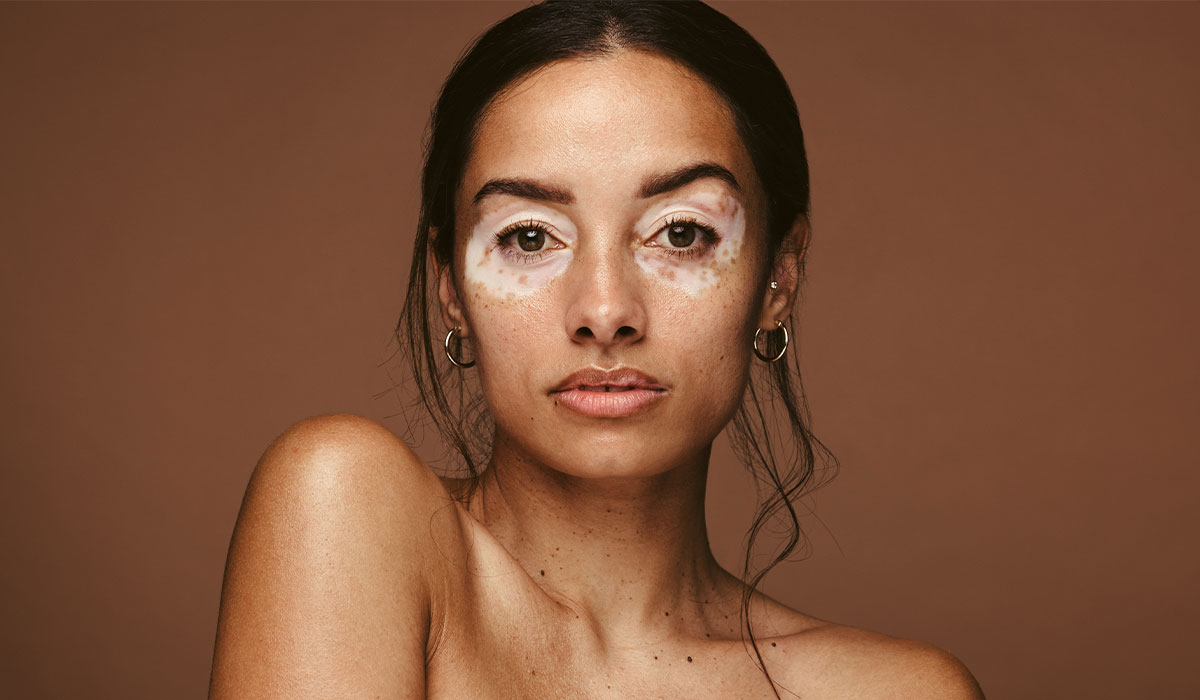
Read this article to learn what causes vitiligo – white patches of skin that Michael Jackson so desperately tried to… read more »

Albinism is a genetically determined disease. See how to spot the first signs of albinism. Learn about the risks associated… read more »

Freckles are small, flat, brownish spots on the skin that often appear in sun-exposed areas. They are more common in… read more »
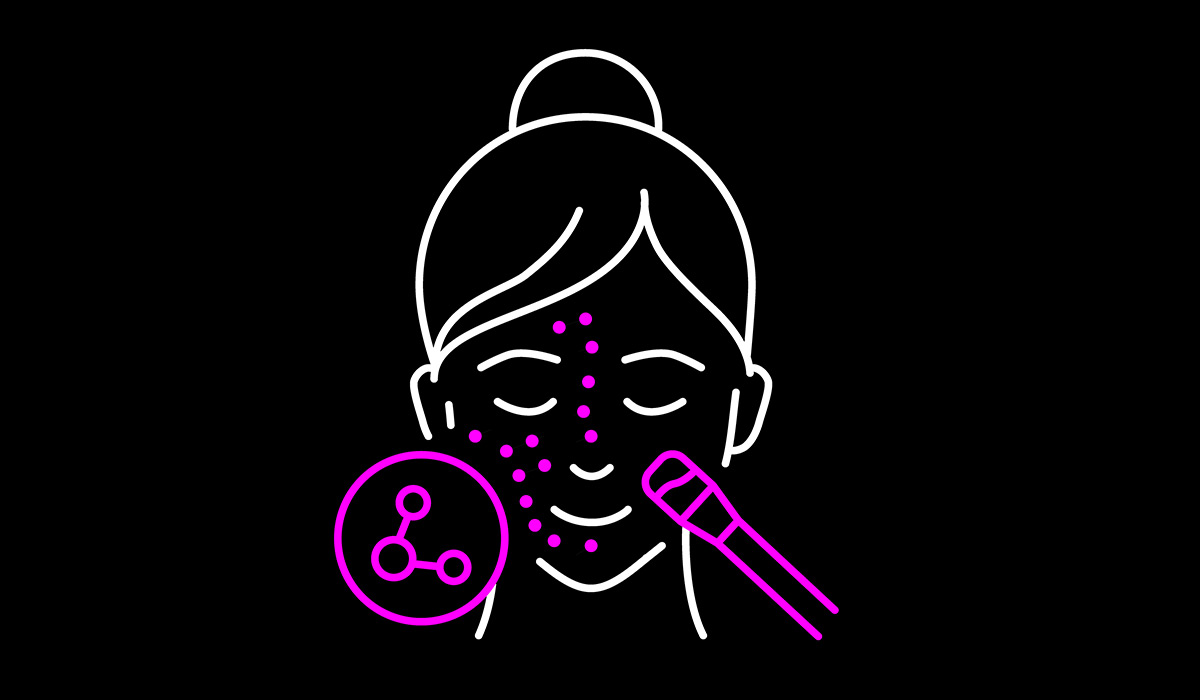
A chemical peel is a procedure that helps to improve the condition of the skin. In some conditions it is… read more »
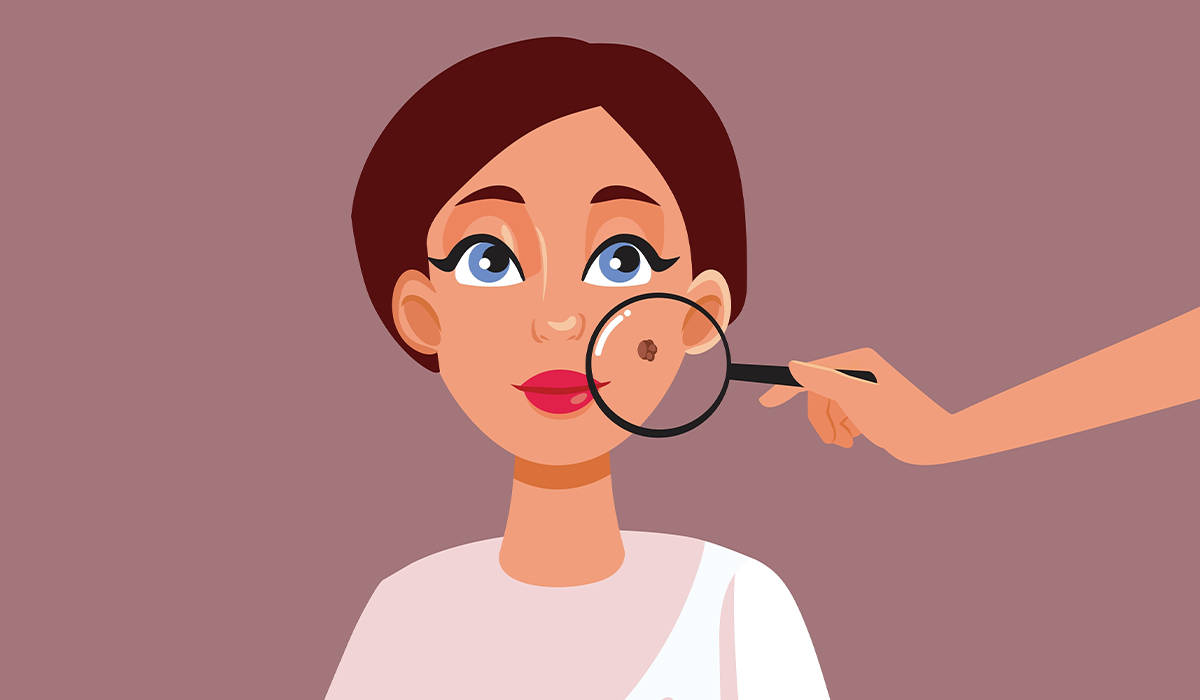
Moles are common skin moles that can be harmless or indicative of disease. Read the article and increase your knowledge… read more »
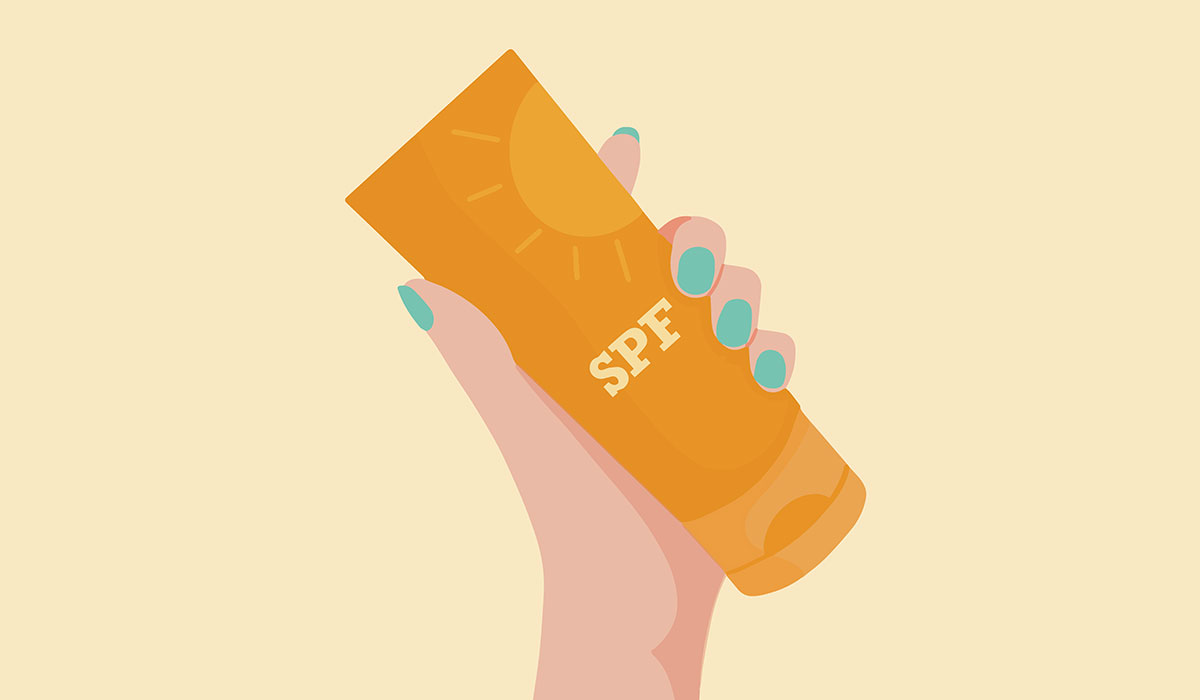
SPF is a measure of how well a sunscreen protects the skin from UVB rays, the type of ultraviolet radiation… read more »
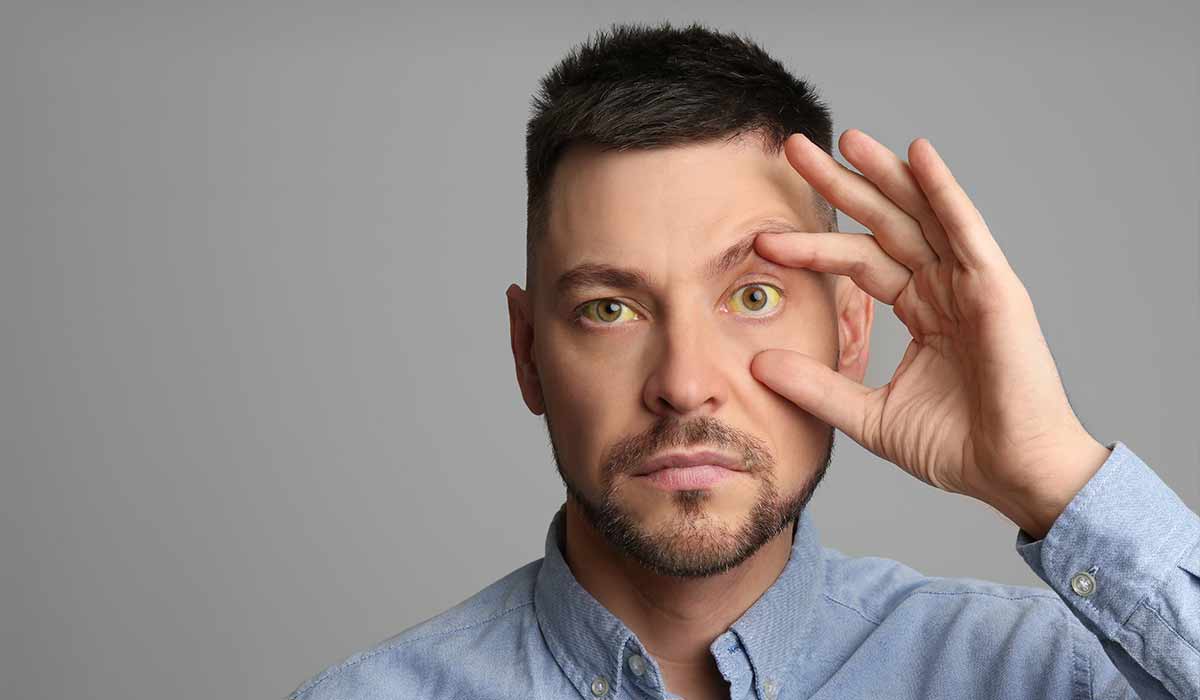
Jaundice is a disease symptom that involves yellowing of the skin, mucous membranes and sclera. What are its causes? How… read more »
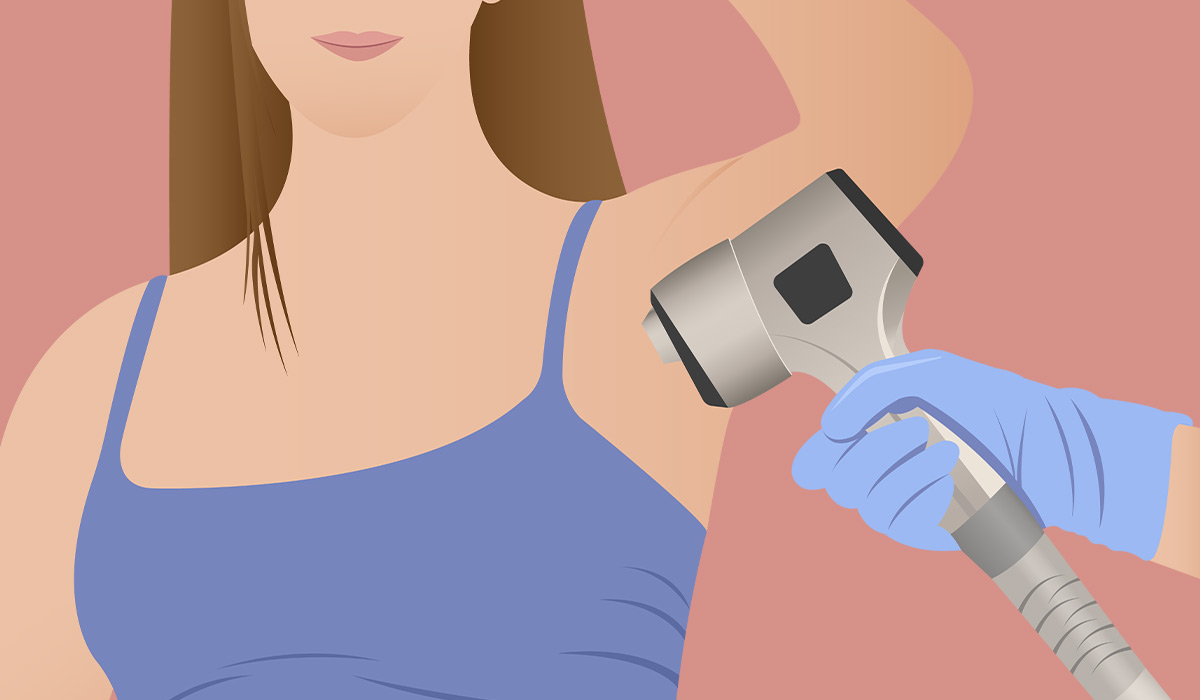
Laser hair removal is a procedure that uses concentrated laser to remove unwanted hair. It targets the melanin in hair… read more »

Sunburn is the result of the adverse and long-term effects of solar radiation on our skin. Are they dangerous? How… read more »